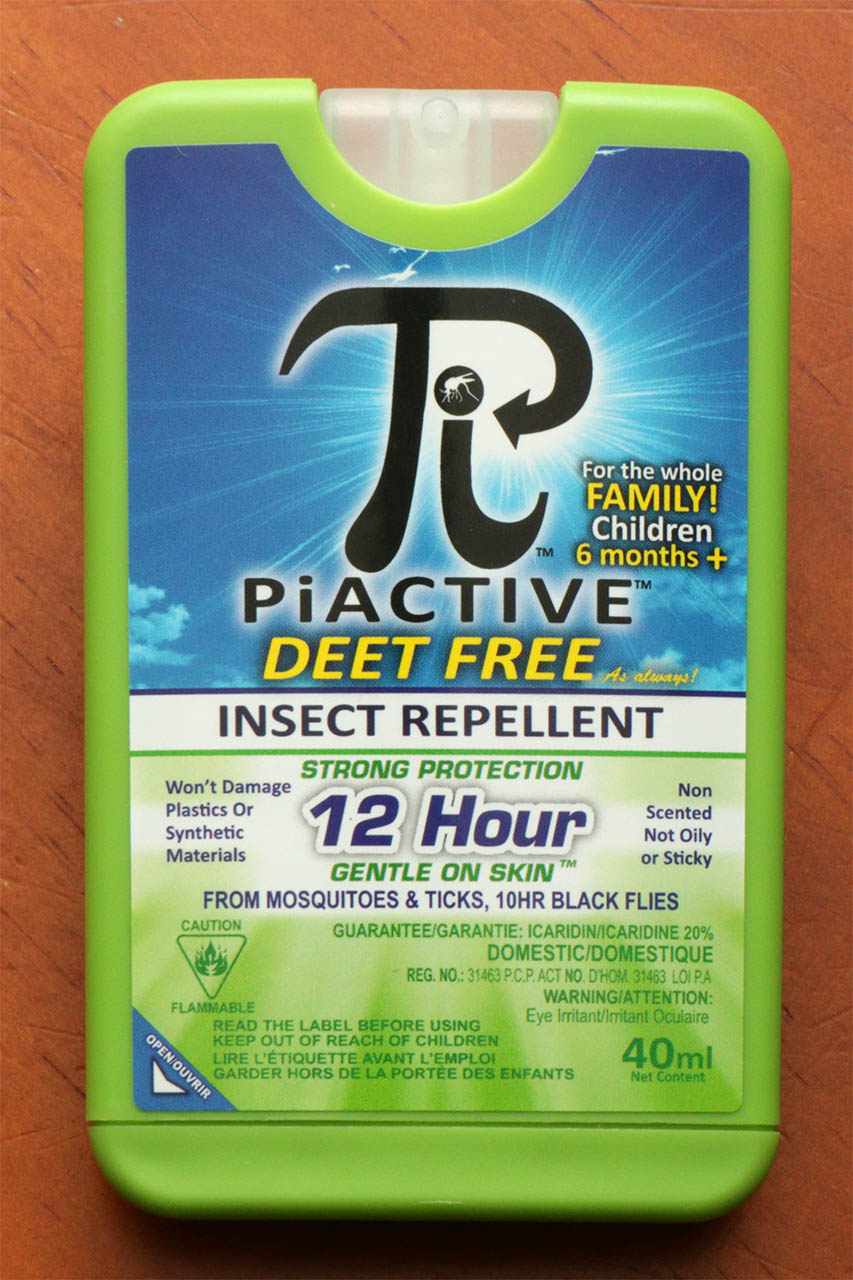These fact sheets from the same organization are the “general audience” ones and are a bit more readable than the technical ones...
Permethrin http://npic.orst.edu/factsheets/PermGen.html
Deet http://npic.orst.edu/ingred/deet.html
Picaridin aka icaridin http://npic.orst.edu/factsheets/PicaridinGen.html
@EGB. Lots of people soak their clothes in Permethrin. It’s the best way to make it last longer. There are lots of threads on outdoor forums about how to do this.
——————————————————————————————
That said, I agree, From what I’ve read, once the permethrin has bound to the fibres and dried, it is not going to wash out easily at all into a lake or river. And once it has dried, it is much less toxic to human skin. I’ve used the spray with good results in super ticky areas (south of Thunder Bay in the spring is a tick nightmare).
Marks WorkWearhouse now sells NoFlyZone pants treated with Permethrin. In Canada, they have a lining to prevent direct contact with skin. In the States, they do not. The lining makes them too warm, in my opinion, for June tripping. I still spray my regular outdoor pants each spring with permethrin.
As for picaridin/icaridin, I used it on a buggy June trip in Algonquin a few years ago. I found that it was about as effective than deet, but lasted a shorter time. Unfortunately, the spray I had (Sawyer) warned against reapplying more than twice a day. So I stopped using it.
I’m keen to try the pi active spray this year to see if it is better than the Sawyer brand.
Hope that info is useful.
Last edited by Methye (3/06/2019 12:14 am)














 RCSpartan wrote:
RCSpartan wrote: I follow the directions and it works great. Why would I want pesticide on the inside of my clothing? The bugs dont come anywhere near me. That's pretty effective. But please, continue to try and prove me wrong
I follow the directions and it works great. Why would I want pesticide on the inside of my clothing? The bugs dont come anywhere near me. That's pretty effective. But please, continue to try and prove me wrong 